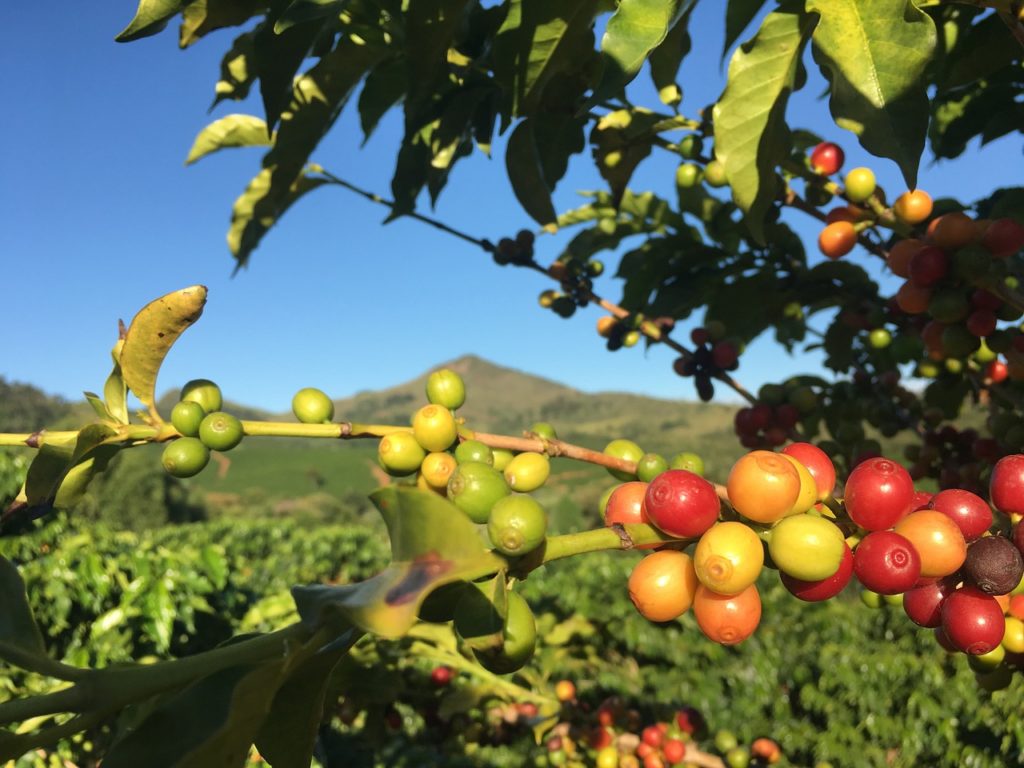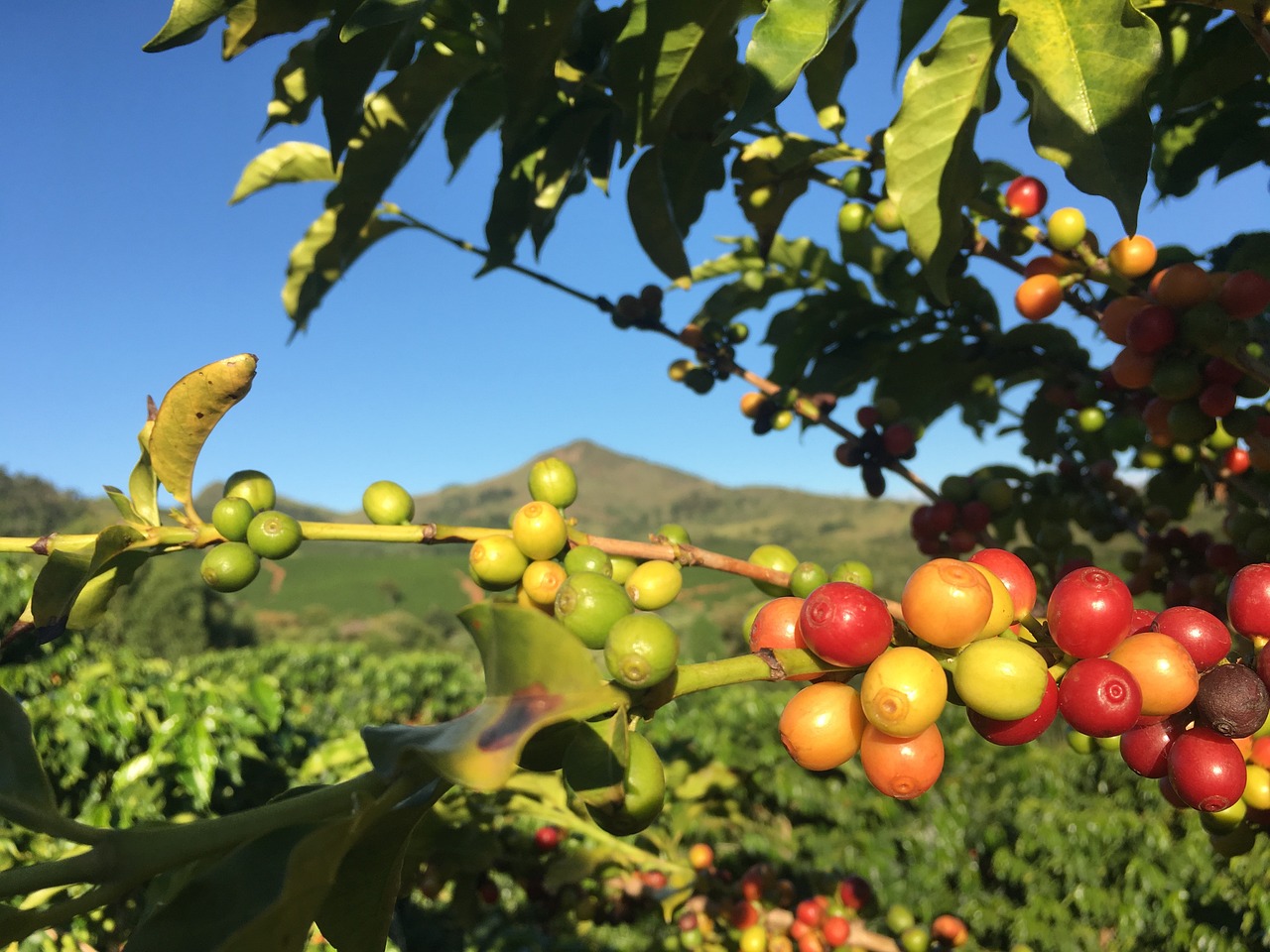Coffee is more than just a beloved beverage; it’s a global agricultural product with a rich history and diverse growing regions. Understanding coffee farming and the regions where coffee is cultivated can enhance your appreciation for every cup. This blog will explore the intricacies of coffee farming, the major coffee-growing regions, and the unique characteristics they bring to your brew.

The Basics of Coffee Farming
Coffee farming is a meticulous process that involves several stages from planting to harvesting. Here’s a breakdown of the key steps:
1. Planting
Coffee plants, primarily Coffea Arabica and Coffea Canephora (Robusta), are typically grown from seeds. These seeds are planted in shaded nurseries and are often moved to the fields after 6 to 12 months.
2. Growing Conditions
Coffee plants thrive in tropical climates near the equator, commonly referred to as the “Coffee Belt.” Ideal growing conditions include:
- Altitude: Higher altitudes (3,000 to 6,000 feet) produce better quality coffee, especially for Arabica beans.
- Temperature: Mild temperatures between 60-70°F (15-24°C) are optimal.
- Rainfall: Consistent rainfall, about 60 inches per year, is crucial for growth.
- Soil: Rich, well-drained soils, often volcanic, contribute to the flavour profile.
3. Harvesting
Coffee cherries are typically harvested once a year, though some regions may have two harvests. There are two main methods:
- Selective Picking: Only ripe cherries are picked by hand, ensuring high-quality beans.
- Strip Picking: All cherries are harvested at once, regardless of ripeness, usually by machine.
4. Processing
After harvesting, the cherries undergo processing to extract the beans. The two primary methods are:
- Dry Processing: Cherries are spread out to dry in the sun, a method common in regions with limited water supply.
- Wet Processing: Cherries are pulped, fermented, and washed, resulting in a cleaner, brighter coffee.
5. Drying and Milling
Beans are dried to reduce moisture content, then hulled to remove the parchment layer. The beans are then graded and sorted before being bagged for export.
Major Coffee-Growing Regions
The flavour of your coffee is heavily influenced by the region where it is grown. Each coffee-growing region imparts unique characteristics based on its climate, altitude, and soil. Here are some of the most renowned coffee-growing regions around the world:
1. Central and South America
- Colombia: Known for its smooth, well-balanced coffee with bright acidity and caramel sweetness. Colombian coffee is often regarded as some of the best in the world.
- Brazil: The largest coffee producer globally, Brazil offers a wide range of flavours, typically nutty, chocolatey, and full-bodied.
- Costa Rica: Famous for its high-quality Arabica beans, Costa Rican coffee is known for its bright acidity and fruity notes.
2. Africa
- Ethiopia: Often referred to as the birthplace of coffee, Ethiopian coffee is celebrated for its complex flavours, including fruity, floral, and wine-like notes.
- Kenya: Known for its vibrant acidity and rich, fruity flavours, Kenyan coffee is highly sought after for its distinctive taste.
3. Asia and Pacific
- Indonesia: Indonesian coffee, including Sumatra and Java, is known for its earthy, spicy, and full-bodied profile.
- Vietnam: The second-largest coffee producer, Vietnam primarily grows Robusta beans, which are strong, bold, and often used in espresso blends.
Sustainable Coffee Farming
With growing concerns about environmental impact, sustainable coffee farming practices are becoming increasingly important. These practices include:
- Shade-Grown Coffee: Growing coffee under a canopy of trees to preserve biodiversity and reduce soil erosion.
- Organic Farming: Avoiding synthetic pesticides and fertilizers to maintain soil health and protect ecosystems.
- Fair Trade: Ensuring fair wages and conditions for coffee farmers, promoting economic stability in coffee-growing communities.
Conclusion
Coffee farming is a complex and delicate process, with each region imparting unique characteristics to the beans. From the lush highlands of Ethiopia to the tropical forests of Colombia, the journey from bean to cup is one of dedication and expertise. Understanding the origins and cultivation methods of your coffee can deepen your appreciation for this beloved beverage and the people who make it possible.
Explore the diverse world of coffee and savour the rich flavours that each region has to offer. Whether you prefer the fruity notes of African coffee or the chocolatey undertones of South American beans, there’s a world of discovery in every cup.
For more insights into coffee and brewing tips, stay tuned to our blog and join our community of coffee enthusiasts. Happy brewing!



